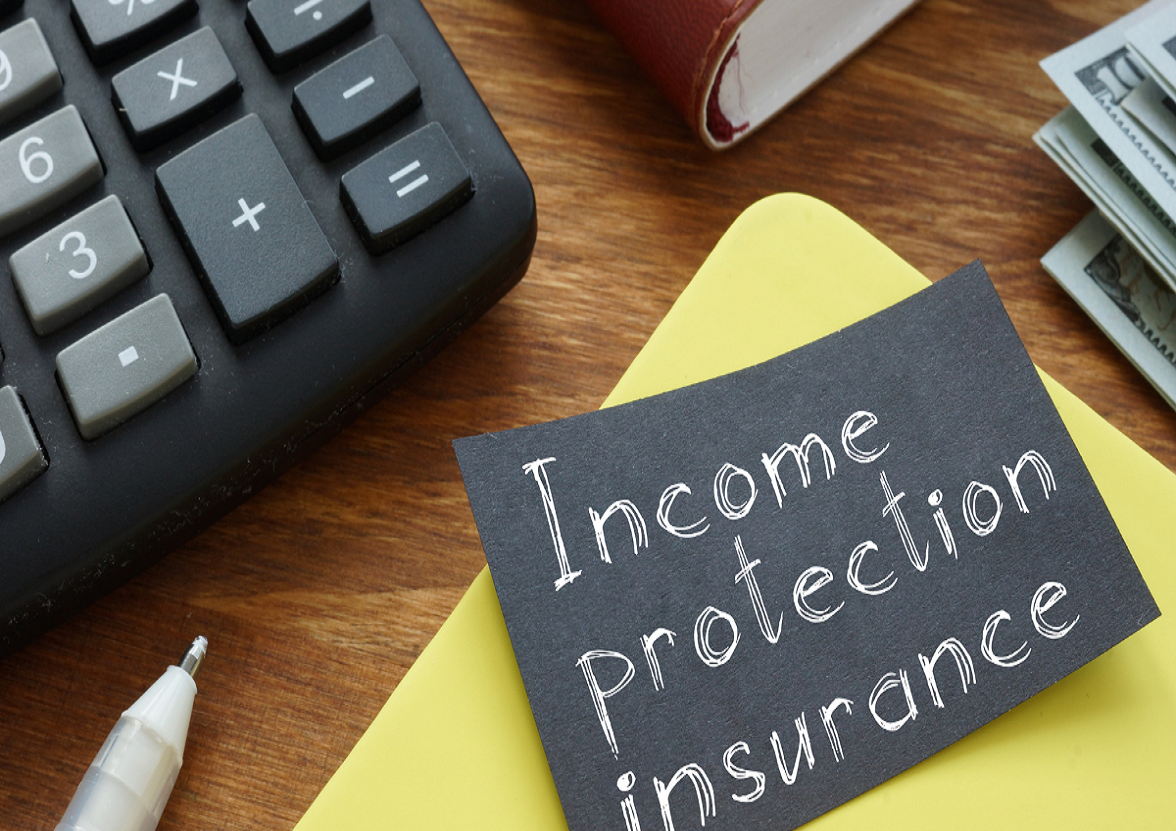Climate Change on University Property Insurance
Climate change is no longer a distant threat; it is a reality shaping the way we live, work, and protect our assets. Universities, which are hubs of education and research, are not exempt from its effects. Extreme weather events, rising sea levels, and unpredictable climate patterns pose a serious risk to university properties, affecting everything from infrastructure to insurance costs.
Property insurance is an essential safeguard for universities, covering damages caused by natural disasters and unforeseen incidents. However, climate change has significantly altered the insurance landscape. The increasing frequency and severity of weather-related events have forced insurers to rethink their policies, leading to higher premiums, stricter terms, and, in some cases, reduced coverage. This article explores the impact of climate change on university property insurance, examining how institutions are navigating these challenges and what the future may hold.
What Is University Property Insurance ?
University Property Insurance is a type of insurance policy designed to protect the physical assets of a university from damage, loss, or destruction due to various risks. These assets include buildings, classrooms, laboratories, dormitories, libraries, sports facilities, and even valuable equipment like computers, research tools, and historical archives.
What Does University Property Insurance Cover?
The coverage provided by university property insurance typically includes protection against:
- Natural Disasters – Such as floods, hurricanes, earthquakes, tornadoes, and wildfires.
- Fire and Explosions – Coverage for damages caused by accidental or intentional fires.
- Theft and Vandalism – Protection against stolen or damaged property due to criminal activities.
- Water Damage – This may include burst pipes, leaks, or water intrusion from storms.
- Mechanical and Electrical Failures – Protection for university-owned equipment, such as HVAC systems, generators, and lab tools.
- Business Interruption – Compensation for financial losses incurred when university operations are disrupted due to property damage.
The Rising Cost of Property Insurance
Over the past decade, universities have experienced a sharp rise in property insurance costs due to climate change. Insurers assess risk based on historical data and predictive models, and as climate-related disasters become more common, the perceived risk has escalated. Events such as hurricanes, floods, wildfires, and extreme temperatures have resulted in extensive property damage, prompting insurers to increase premiums to compensate for potential losses.
For instance, universities located in coastal areas face heightened risks due to rising sea levels and storm surges. Campuses in wildfire-prone regions are dealing with the growing threat of destructive fires. As a result, insurance companies have adjusted their pricing models, making it more expensive for institutions to secure adequate coverage. This rise in costs places a financial burden on universities, potentially diverting funds from academic and research initiatives to insurance expenses.
Stricter Policy Terms and Exclusions
In addition to rising premiums, universities are encountering stricter insurance terms. Insurers are imposing higher deductibles and including more exclusions in their policies. For example, some policies now exclude coverage for specific climate-related disasters, such as flood damage or wildfire destruction, unless universities purchase additional, costly riders.
Many universities are also seeing changes in how insurance providers assess their preparedness for climate-related events. Institutions that fail to implement robust mitigation measures, such as improved drainage systems, fire-resistant building materials, and flood barriers, may struggle to obtain comprehensive coverage. Consequently, universities are being forced to invest in climate resilience to meet the evolving demands of insurers.
Increased Frequency and Severity of Claims
Climate change has led to a surge in insurance claims, putting pressure on the industry. Universities that have suffered repeated property damage due to extreme weather events often find themselves at a disadvantage when renewing policies. Insurers view frequent claims as a risk factor, leading to further premium increases or even policy non-renewal.
For example, a university that experiences repeated flooding due to heavy rainfall may face challenges securing affordable insurance in the future. Insurers may classify the institution as a high-risk entity, requiring them to seek alternative, often more expensive, coverage options. The financial implications of this can be significant, affecting operational budgets and long-term planning.
Adaptation and Risk Mitigation Strategies
In response to the growing impact of climate change on property insurance, universities are adopting various strategies to mitigate risk and control costs. One common approach is investing in resilient infrastructure. This includes constructing buildings that can withstand extreme weather, upgrading drainage systems to manage heavy rainfall, and implementing fire-resistant landscaping to reduce wildfire risks.
Another key strategy is engaging with insurance providers to develop customized policies that align with the specific needs of the institution. Some universities are exploring parametric insurance, a type of coverage that provides predetermined payouts based on specific weather triggers, such as wind speed or rainfall levels. This approach can offer quicker financial relief in the event of a disaster and help institutions recover more efficiently.
Collaboration with government agencies and climate scientists is also playing a crucial role in risk mitigation. Universities are increasingly leveraging research to inform policy decisions and develop data-driven climate adaptation strategies. By utilizing climate models and historical data, institutions can better assess their vulnerabilities and take proactive measures to safeguard their properties.
The Future of University Property Insurance
As climate change continues to reshape the insurance landscape, universities must prepare for an uncertain future. The industry is likely to see continued premium increases, stricter policy requirements, and evolving coverage options. However, there is also an opportunity for innovation.
The rise of sustainable and green initiatives within universities can have a positive impact on insurance policies. Institutions that implement energy-efficient building designs, invest in renewable energy sources, and adopt eco-friendly practices may be eligible for insurance discounts and incentives. Insurers are beginning to recognize the value of sustainability in reducing long-term risk, creating an avenue for universities to offset rising costs.
Additionally, the development of public-private partnerships may provide new solutions. Governments and insurance providers can collaborate to create risk-sharing mechanisms that help universities manage climate-related challenges more effectively. This could involve state-backed insurance pools or subsidized coverage for institutions that demonstrate strong climate resilience efforts.
Conclusion
The impact of climate change on university property insurance is profound, with rising costs, stricter policies, and increased risk exposure posing significant challenges. Universities must take a proactive approach to mitigate these risks, investing in resilient infrastructure, exploring alternative insurance models, and adopting sustainable practices. By doing so, they can not only protect their physical assets but also ensure financial stability in an increasingly unpredictable climate landscape. The road ahead is uncertain, but through strategic planning and innovation, universities can navigate the evolving insurance landscape and continue to thrive in the face of climate change.



